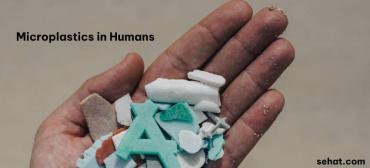Epididymitis in Children
In the male reproductive system, the epididymis is a tiny coiled tube that stores, matures, and carries sperm. It sits on top of the testicles and connects them to the vas deferens. The vas deferens carries sperm to the urethra, through which sperm in semen exit the penis.
| |
| Click Image to Enlarge |
When the epididymis gets infected for one reason or another, it leads to inflammation, known as epididymitis.
Facts about epididymitis
Among children, teens are most commonly affected by epididymitis. Because epididymitis is usually caused by a sexually transmitted disease (STD), it's primarily seen in males between ages 14 and 35. Gonorrhea and chlamydia are the two main STDs responsible for epididymitis.
Epididymitis can be seen in younger children, too. In those instances, it is usually linked to a urinary tract infection caused by the E. coli bacteria. In boys ages 2 to 13, epididymitis occurs in just over one in every 1,000 children.
Symptoms
Epididymitis usually has symptoms early on. Here are symptoms of condition:
-
Pain and swelling in the testicles
-
Fever
-
Feeling of heaviness in the testicles
-
Discharge from the urethra
-
Blood in the semen
-
Lump in the testicle
-
Pain during urination or ejaculation
Diagnosis
If your child has these symptoms, his doctor will likely do a thorough physical exam of the area, as well as blood and urine tests. The doctor may order scans of the testicular region to determine the cause of the pain and swelling. Tests to look for gonorrhea, chlamydia, and other bacteria are often done, too, depending on your son's age.
Treatment
Epididymitis is almost always caused by a bacterial infection, so antibiotics are the first line of treatment. The doctor may also prescribe pain and anti-inflammatory medicine, depending on the severity of the condition.
If symptoms don't improve within 48 hours of treatment, the doctor may want to re-examine your child. If symptoms don't clear up within three days, he will likely be checked for other diseases.
If the epididymitis was caused by an STD, any sexual partners within the 60 days before symptoms appeared should be notified, so they can be treated. A sexually active teen and his partner should not have sex until both have been treated and no longer have symptoms.
Prevention
Epididymitis is usually sexually transmitted, so practicing safe sex is the way to prevent it. Safe sex includes having only one partner at a time and using condoms during sex. To prevent any problems that can come from epididymitis, it's important to see a doctor as soon as any symptoms appear.
Home care
Talk with your son's doctor about other steps to help relieve the pain and swelling of epididymitis, such as elevating the scrotum and using ice. Bed rest whenever possible may also help.





















